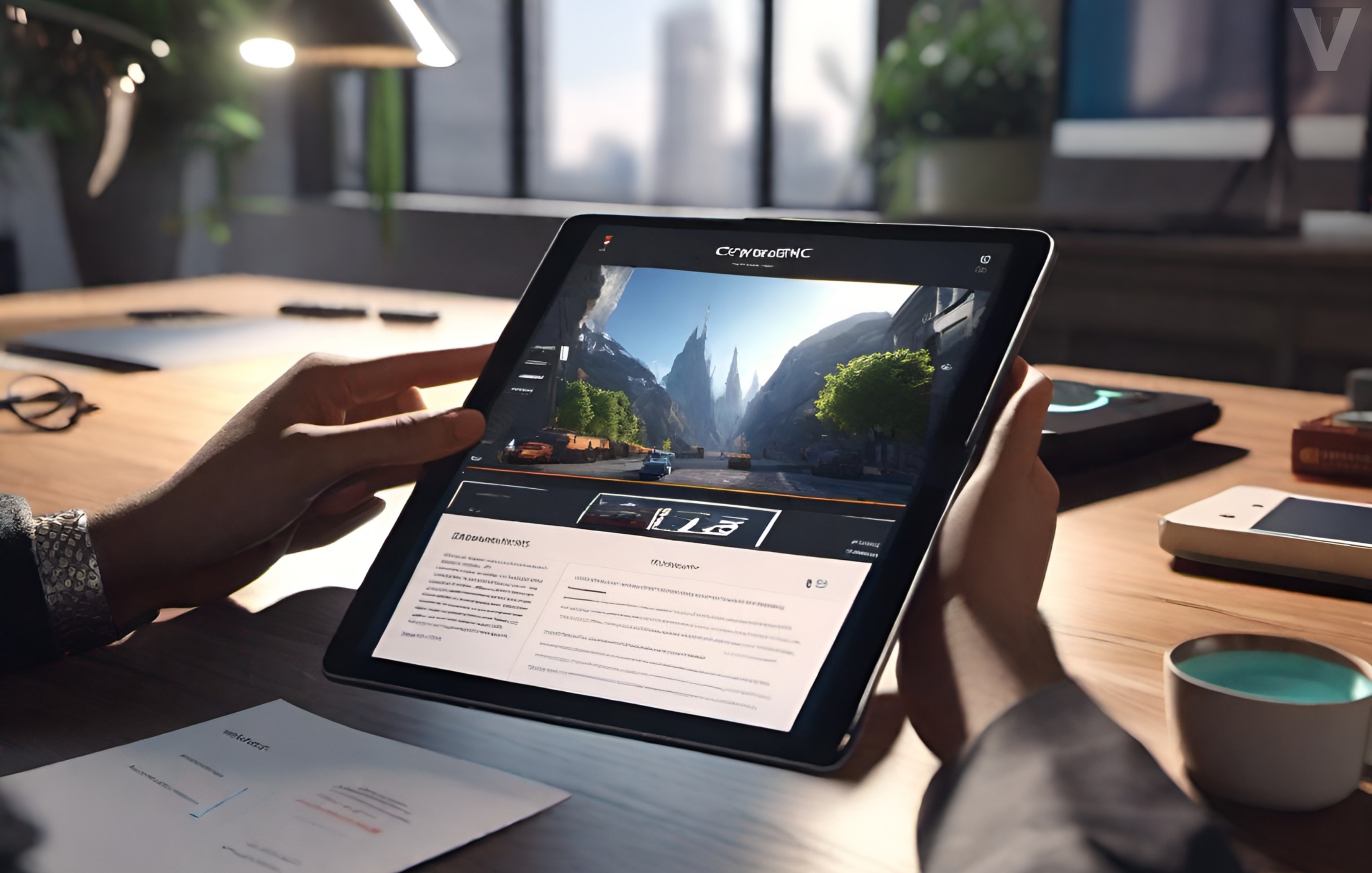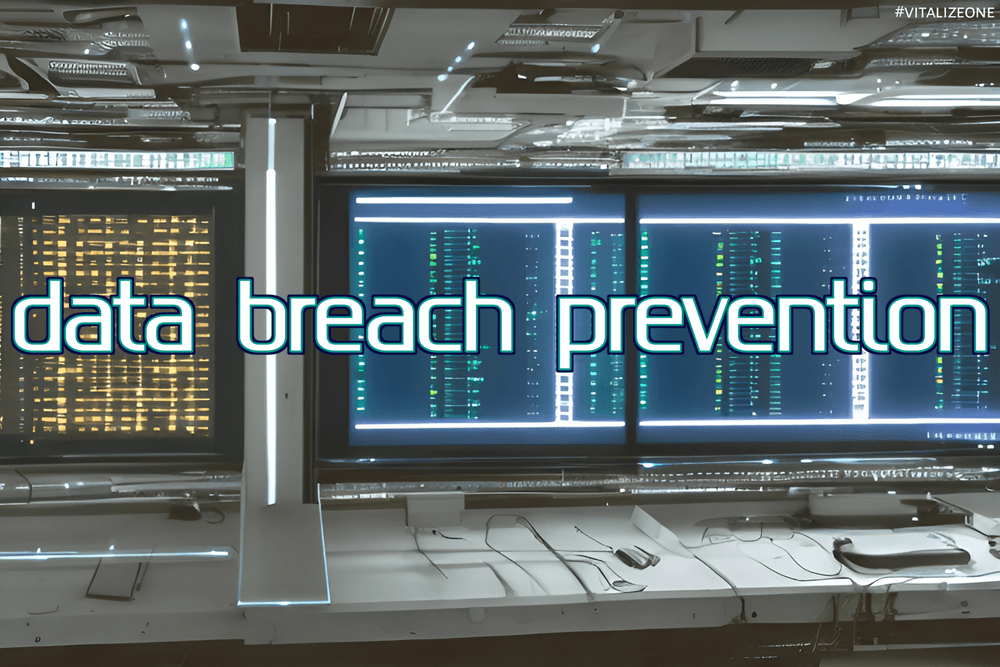|
Getting your Trinity Audio player ready...
|

We live in a rapidly evolving landscape when it comes to business. Both physically and digitally, you will face an increasing number of security threats. If you want a smooth business, you will have to ensure that you are protected from physical breaches and cybersecurity attacks. A single vulnerability can lead to serious financial losses and reputational damage. In many cases, you could find yourself dealing with legal consequences. Technology is only going to advance more, and so will the methods used by malicious individuals.
It is critical for companies all over the world to stay ahead with proactive security strategies. These strategies will protect both your digital assets and your physical infrastructure. Implementing security is about defense, but it’s also about showing your resilience. Businesses that are serious about their security create a safe environment for every single stakeholder involved. By investing in the right preventative and protective strategies, you will all but ensure long-term success. Here are a few specific things you must do in order to make that happen:

Strengthen Access Control
One of the most common security threats businesses face is that of unauthorized access. By implementing multiplayer access control, you can significantly reduce the risk of a breach. You could use key card systems and biometric authentication in order to make this happen. Smart locks and surveillance integration can make things even more secure. When you restrict access to sensitive areas and data, your business will immediately become a safe workplace. You will know exactly who enters and exits the premises.

Advanced Cybersecurity Protocols
Cyber threats are growing more sophisticated and more complicated every single year. It’s up to you to adopt a stronger defense. Firewalls, AI-driven threat detection, and end-to-end encryption can prevent breaches before they occur. Make sure you do regular software updates in order to further strengthen the digital protection you have. You should be implementing multi-factor authentication across all platforms, too. By combining these measures, plus anything else that crops up, you will protect your networks and sensitive data from advanced cybercriminals.
Conduct Frequent Security Audits
Routine security assessments will help to identify weaknesses. You simply must ensure you find these before they become major risks. Internal audits and simulated breach scenarios should be performed in order to evaluate their strengths and defensive capability. It’s a good idea to deploy physical penetration testing as it will mimic real-world attacks and assess the vulnerabilities you potentially have. When you are proactive in this way, you will identify and address gaps.

Provide Workers With Training
Typically, the weakest link is human error. As much as you can trust your workers, they may simply make mistakes along the way. Workers should be regularly trained to recognize phishing attempts and suspicious activity. Conduct regular security workshops and provide guidelines that are easy to follow. If security is second nature to your staff members, you will have an extra line of defense. Something that was once perhaps a flaw would turn into a major benefit.

















